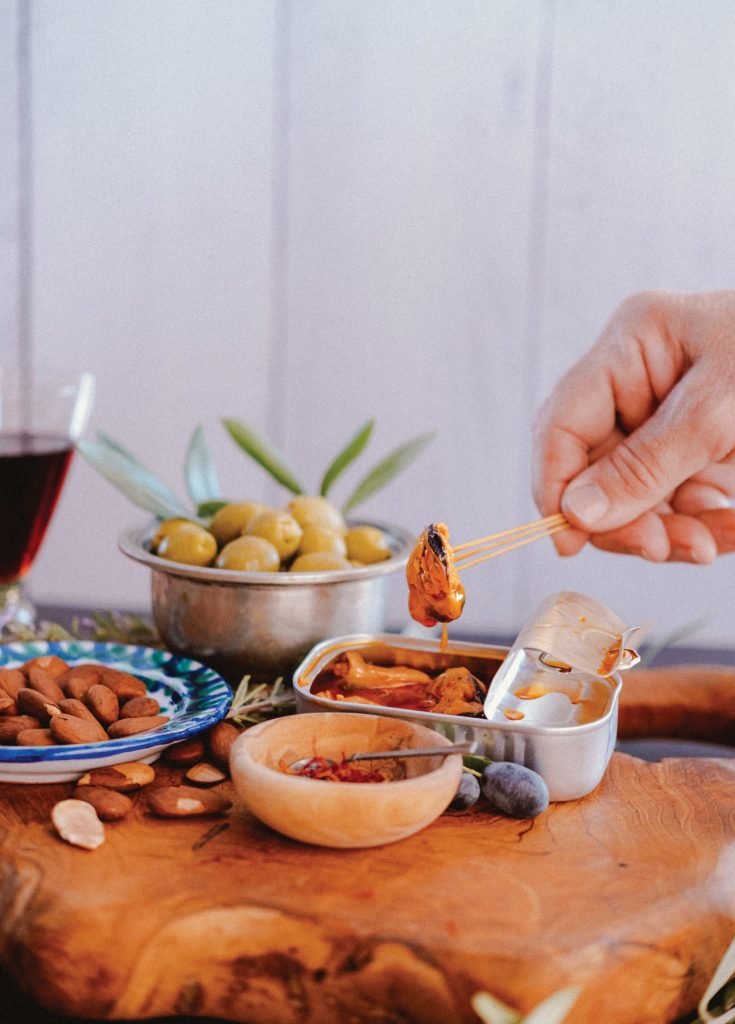
The World Has Turned To Virtual Experiences
For those whose livelihoods allow them to work from home, 2020 was the year of cabin fever on steroids. Many former globetrotters have been desperate to get out of the house, and the escape route has appeared — virtually. Naturally enough, many virtual experiences came to the rescue out of necessity by businesses pivoting their model, showcasing everything from museum tours to travelogues to cooking classes.

For those whose livelihoods allow them to work from home, 2020 was the year of cabin fever on steroids. Many former globetrotters have been desperate to get out of the house, and the escape route has appeared — virtually. Naturally enough, many virtual experiences came to the rescue out of necessity by businesses pivoting their model, showcasing everything from museum tours to travelogues to cooking classes.
I tested a virtual tour of the Hermitage Museum in Saint Petersburg, Russia, but to my disappointment it was awkwardly glitchy, and I’d relegated the concept to the circular file until I received a message from Culinary Backstreets, an organization that curates local food tours globally, about an upcoming “tour of Barcelona, with snacks.” After having had a stellar experience on a walking tour of Istanbul a few years back with this group, I decided to give virtual experiences one more chance.
What set this very authentic, slightly underground operation apart from the abundance of such experiences was the offer of a “goodie box,” shipped from the featured country or city in advance of each 90-minute presentation. About two weeks before the “tour” date, a promisingly heavy box with exotic postage stamps arrived at my front door in Paso Robles. Not surprisingly there are only non-perishables included, but it’s fairly easy to think outside the box and supplement the contents with your choice of beverages and whatever else you desire. Although we viewers did not engage with the host, we did get to interact with tasty tidbits straight from the source.
To the assortment of goodies, which included anchovy-stuffed olives, conservas, or tins, of mussels, marcona almonds and classic turrón (as well as saffron and olive oil, which would be enjoyed later), I added slivers of Manchego cheese, grilled zucchini to act as a support for the promised Romesco Sauce and rustic bread.

I also reached out to Ali Carscaden of 15c Wine Shop and Bar in Templeton for some appropriate wines. She set aside two wines and a rich red Vermouth-style fortified wine for us: an albarino from Rias Baixas in Galicia (La Caña), a mencia from Valdeorras, also in Galicia (Gaba do Xil), and a stellar bottle of impossibly inky, silky Pedro Ximenez.
Having lived in Spain for three years, I have lots of ceramics, textiles and goodies with a Spanish accent, so we set up a simpatico spread outdoors for snacking and sipping while watching the tour guide traverse the alleyways and promenades of Barcelona’s barrio. Tiny Spanish vermouth glasses were provided in the box, adding to the feeling of “being there.” My husband and I enjoyed the sense of sipping along with the leader, talking to us straight from her kitchen in Spain. In several separate segments, she interviewed restaurateurs, olive oil producers, shellfish packagers and barkeeps — many of whom were struggling to run a small hospitality business through the long months of the pandemic. The virtual tour wasn’t the same as being there in person, but it was an intimate, relaxed and not overly produced presentation. The personality and passion of the on-the-ground guide shone through — she was a smart and engaging young guide I related to in a way I hadn’t when simply watching a professional host on a television travelogue.

Perhaps better known than virtual tours, online cooking classes were gaining in popularity even before the pandemic forced people to range outside their kitchens while firmly ensconced at the counter. These classes come in two forms: either simple demonstrations or cook-alongs, in which students receive recipes and ingredient lists ahead of time, then mirror the preparations of the chef from their own kitchens. For smaller groups, it’s fun to peer into the kitchens of people all over the country and the world as they chop, sauté and stir “together.” Some teachers elect to keep the mics open so students can toss out questions as they cook, while others keep mics muted and take questions via chat. Good chefs keep up a friendly and instructive patter while they cook so there are no awkward silences while Eric in San Francisco is stumped about how to get his peeler to work on an eggplant.

If you don’t want to cook along, Patreon is a great place to look for edited demonstration classes; my friend, Chef Judy Witts Francini in Tuscany (where she has lived with her Italian husband for more than 30 years) is one of the best. She also hosts Zoom classes, and welcomes groups of family and friends who love to cook along with her and one another with their mics open for commentary and hilarity. If these are anything like the group classes I used to lead in person before the pandemic, one imagines there’s an element of competition present.
Next up, I am “going” to Naples. Dream on …

